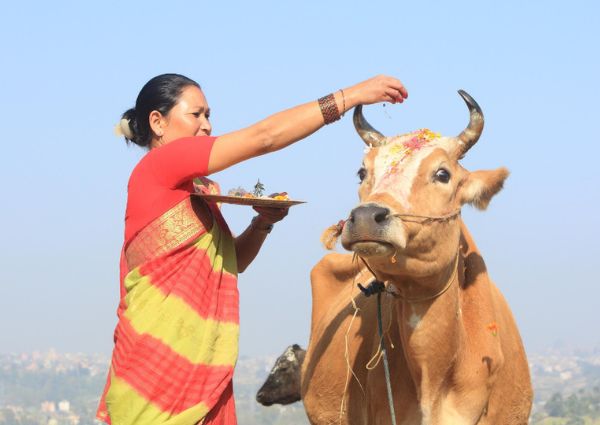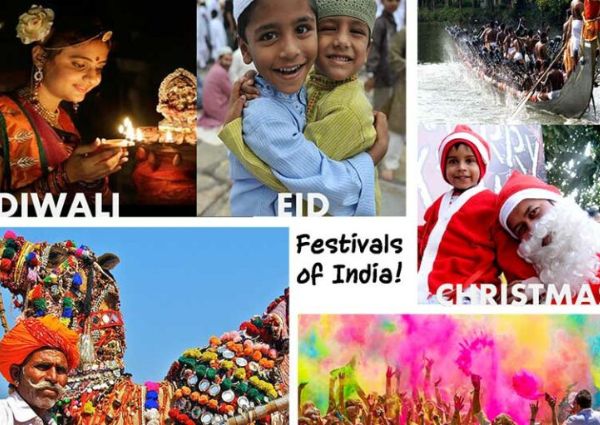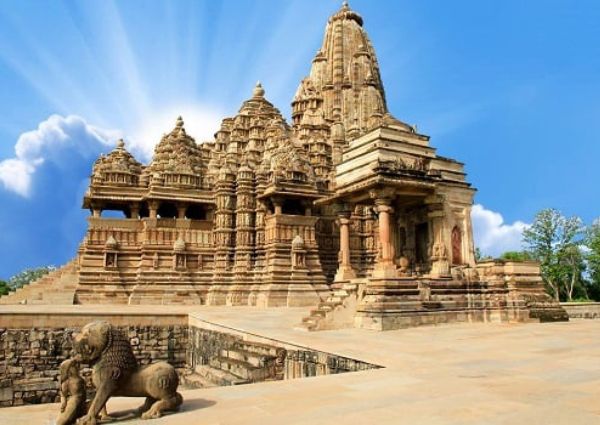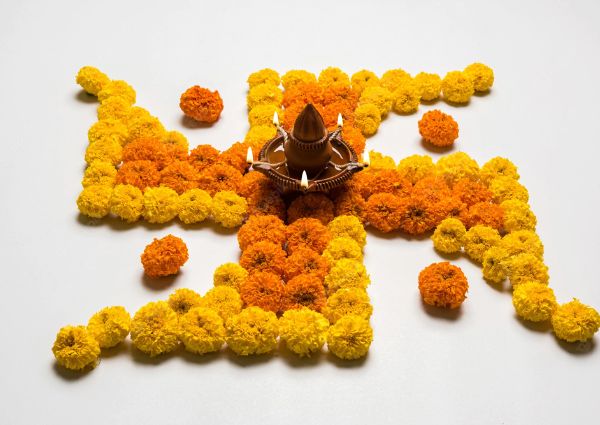Indian culture, dating back about 5,000 years, is described as “Sa PrathamaSanskratiVishvavara,” which means it is the first and supreme culture. Multiculturalism, multilingualism, multi-ethnicity, and religious pluralism are indicators of the rich cultural diversity which is readily seen across India. Confused? Link it to Europe, and you’ll understand why India is not just a nation with fame—it’s certainly more than that. Here’s an ultimate guide to help you understand it better.
The Influence of Different Religions

Located in Southern Asia, India is one of the most religiously diverse countries in the world. Nearly all Indians take great pride in their culture, which is heavily impacted by certain religious beliefs. The country is the birthplace of some of the world’s most influential religions, including Sikhism, Buddhism, Jainism, and Hinduism. Although India is home to the world’s biggest population of Hindus, it also boasts the third largest Muslim population (10.90%) after Indonesia (12.70%) and Pakistan (11.10%).
The Way of Greeting

When greeting someone in India, it is customary to bend the head and clasp both hands together in front of the chest while repeating the Sanskrit (A classical language of South Asia) phrase Namaste. In some regions, the greeting Namaste may alternatively be pronounced as Namaskar. To put it another way, Namaste is not just a greeting but also a way to show respect for another person.
Even though Namaste is a typical method to welcome someone in India, owing to the cultural and religious diversity of the country, the manner people say hello might vary significantly from one another. Muslims welcome by saying AssalamuÁlaykum, while Sikhs use the word Sat Sri Akaal. In Bengal, the greeting Namaste is known as Nomoshkar; however, in Tamil Nadu, it is called Wanakkam.
Religious Customs: The Holy Cow

The holy cow has acquired a sacred status among the Hindu community; therefore, don’t be surprised if you see one sitting in the middle of a road. According to common belief, these cows have a connection with the Hindu gods Krishna, Shiva, and Indra, which is why millions of followers in India pray to them. Since it is against the law to kill a cow for its meat, the disputes about cow slaughter have stoked religious sensitivities and sparked turmoil in different regions of the nation.
The On-Going Festive Season

From Kashmir to Kanyakumari, the many celebrations throughout India will teach you a lot about its history and culture. Some of the most well-known holidays include Eid and Muharram, which Muslims observe; Good Friday and Christmas, celebrated by Christians; Buddha Poornima, also known as Buddha’s Birth Anniversary, observed by Buddhists; Vaisakhi and GurPurab, Sikh festivals; and Diwali, Holi, and MakarSankranti, celebrated by Hindus.
The Magnificent Temples

Throughout Indian history, temples were the only place people would gather to meet, which is why it is an essential component of Indian culture. Most temples are positioned along the Earth’s magnetic wave lines, which helps make the most of the natural, positive energy readily available. This energy is absorbed by the copper plate, also known as the Garbhagriha or the Moolasthan, which is buried under the main Murti (idol). The plate then transmits this energy to its surroundings.
The Religious Symbol

The Indian traditions and scriptures both include a variety of signs and symbols, each of which may be interpreted in different ways. For instance, the Swastika symbol in Indian culture does not indicate any connection to Adolf Hitler or Nazism; it represents Lord Ganesha, known as the remover of hurdles and thought to bring good luck. There are many interpretations for each of the Swastika’s arms, such as the four Vedas, the four constellations, or the four basic goals humans strive to achieve.
Swastika = 卐 or 卍
Looking to learn more about the diverse culture of India? Book at trip to India with Castle and King and see all this beautiful country has to offer.

 Menu
Menu






